 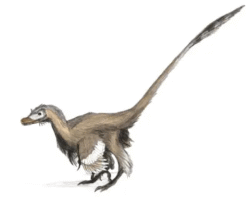
When we hear the term 'raptor' we immediately think of the large deadly velociraptors from the Jurassic Park movies. However, the latest research suggests that that depiction of this particular creature was mostly fictional. Real velociraptors, as it turns out, were in fact quite small, and covered in feathers. More like vicious turkeys. The dictionary definition of 'raptor', as it pertains to creatures alive today: "A carnivorous medium- to large-sized bird, such as a hawk, eagle, owl, or vulture, that has a hooked beak and large sharp talons, with keen eyesight, and that feeds wholly or chiefly on meat taken by hunting, or on carrion. A bird of preyThe word 'raptor' comes from the Latin word rapere, which means 'to seize or take by force'. Raptor is a general term used informally to refer to all birds of prey. The characteristics of modern raptors include keen vision, curved beaks, sharp talons, and a carnivorous diet. Birds of prey are those birds that hunt for food from the air. They have exceptional eyesight that allows them to spot prey from a great distance. In fact, birds of prey have the keenest eyesight in nature, with rapid focus and superior depth perception. They use these body parts to catch, kill and tear off the flesh of their prey. Their sharp beaks are perfect for tearing off bite-sized pieces, while their talons allow them to pick up and carry prey great distances. 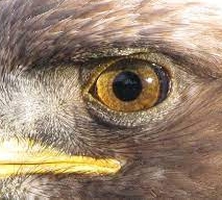 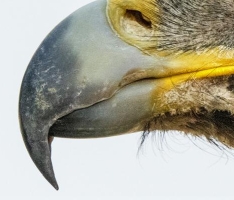 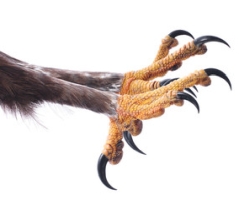 Some examples of birds of prey include eagles, owls, falcons, vultures, hawks, and condors. They tend to have large curved beaks and sharp talons that are very powerful. 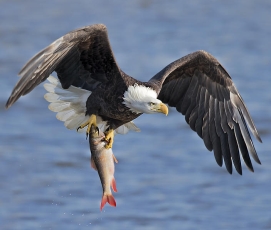 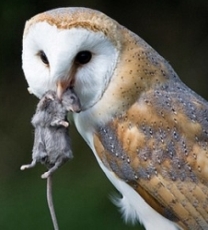 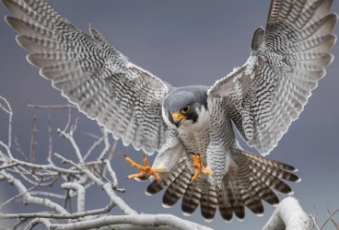 Eagle, owl and falcon 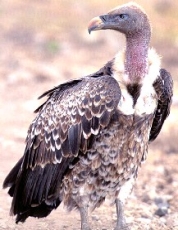 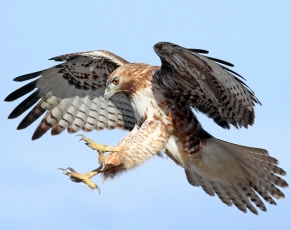 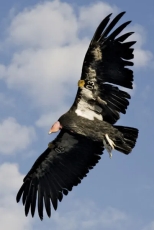 Vulture, hawk and condor Most birds of prey hunt for vertebrates including mammals, fish, or other birds. Often the prey can be quite large compared to the size of the bird. Most raptors, especially vultures and condors, also eat the carcasses of dead animals, called carrion. |